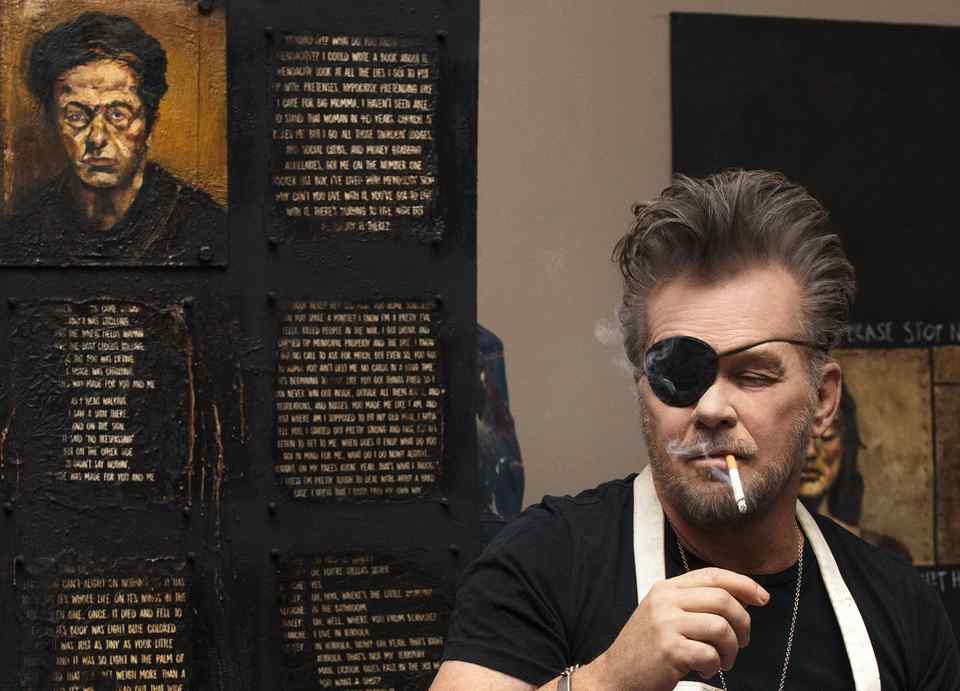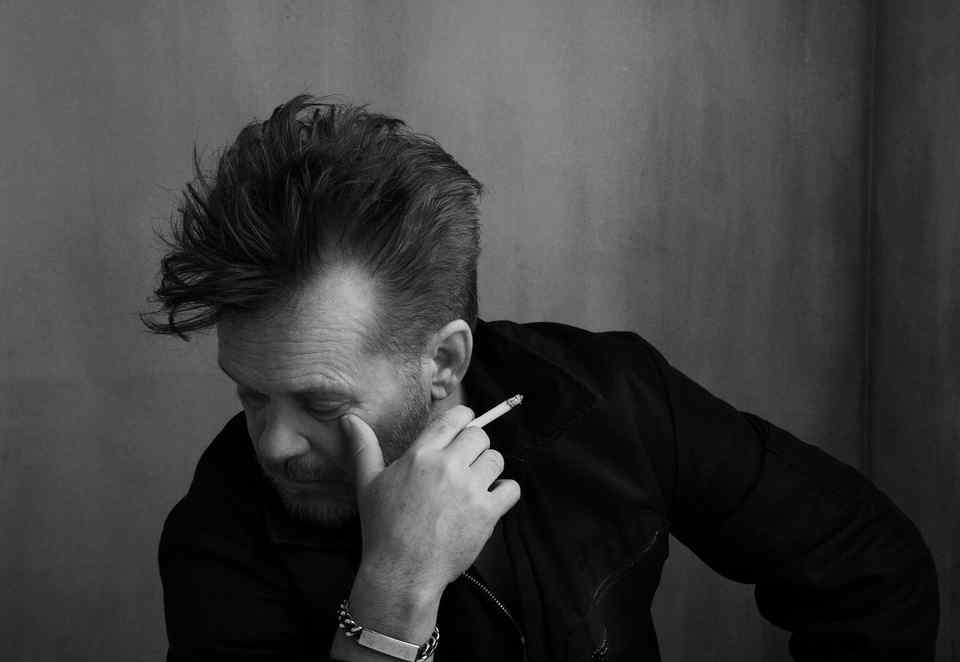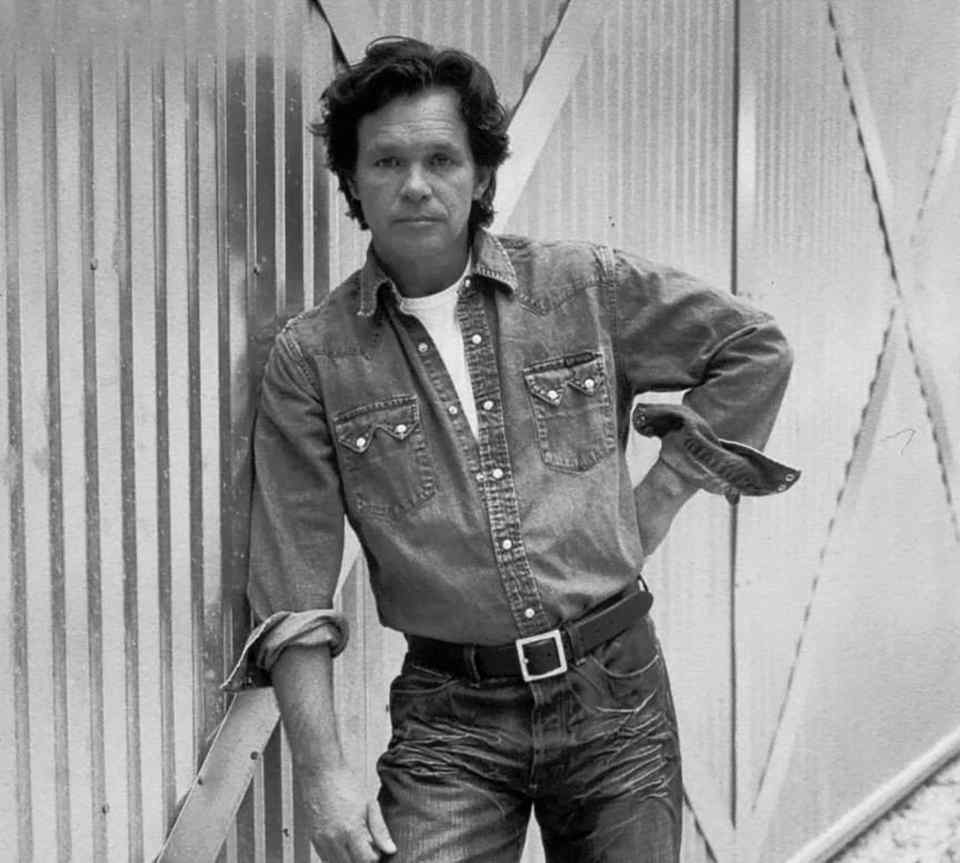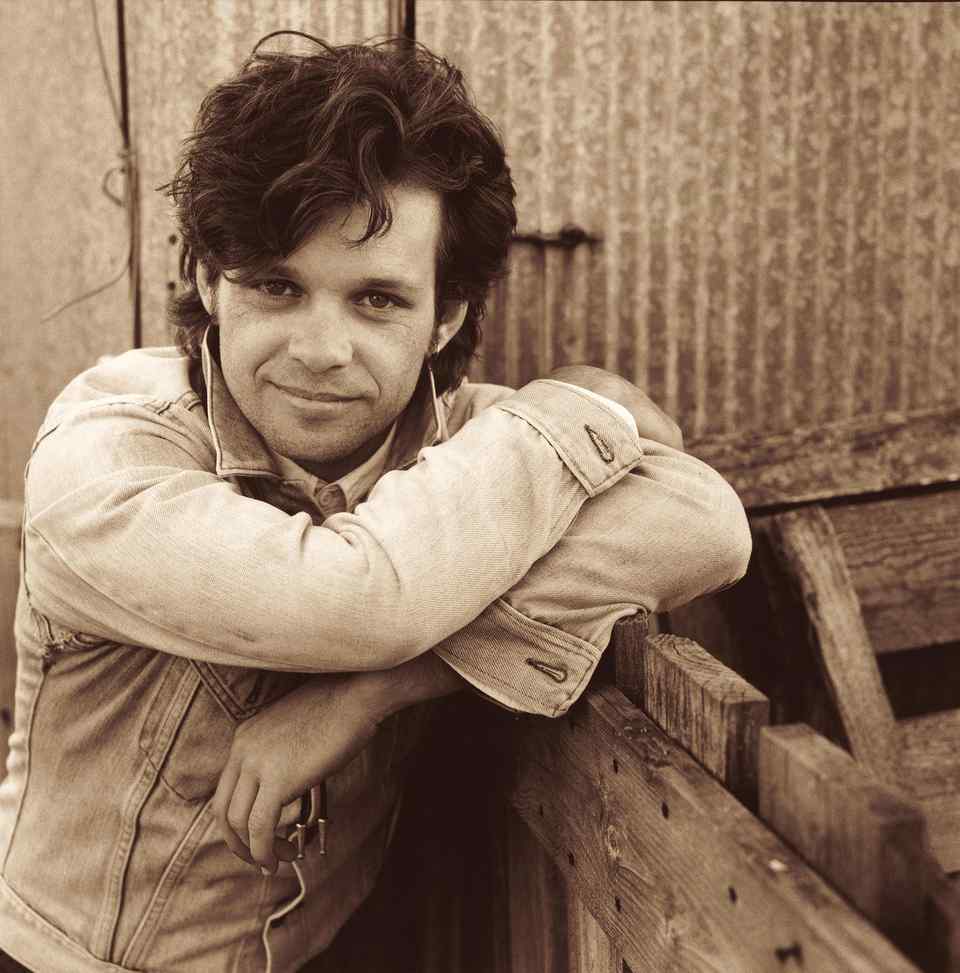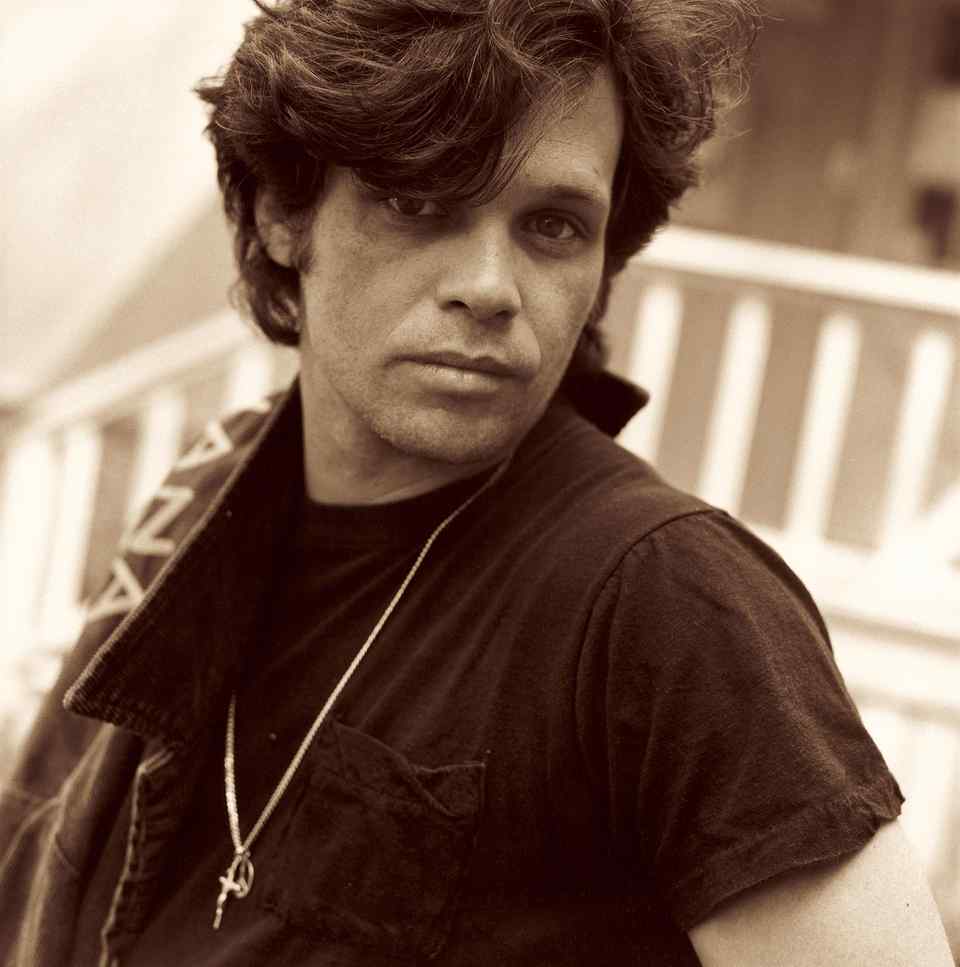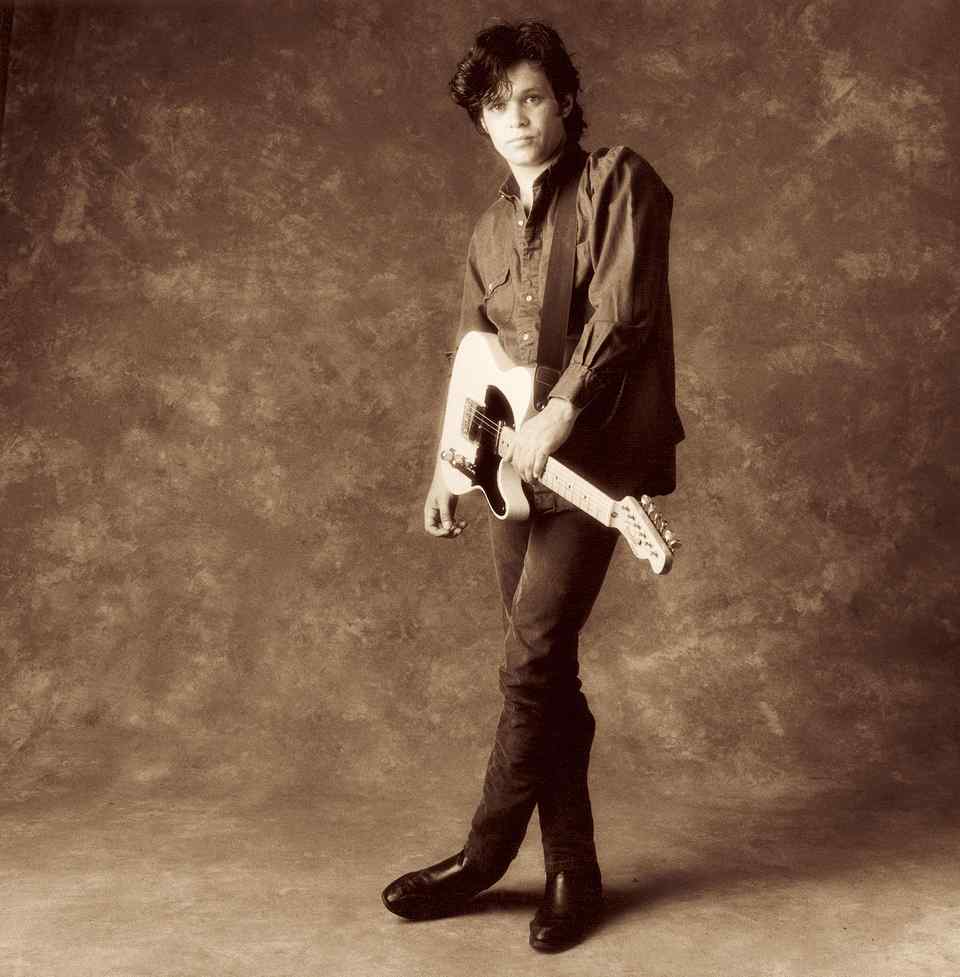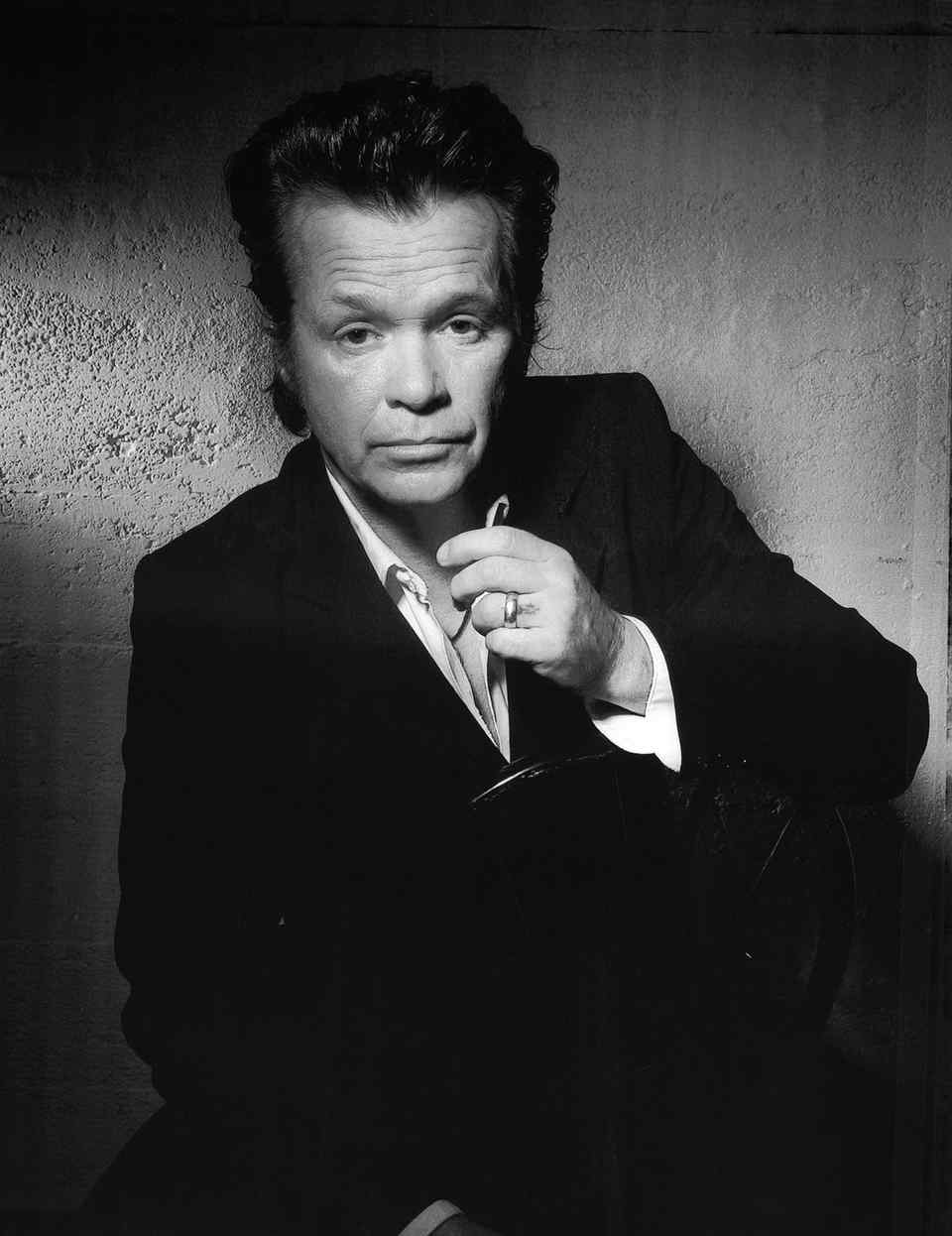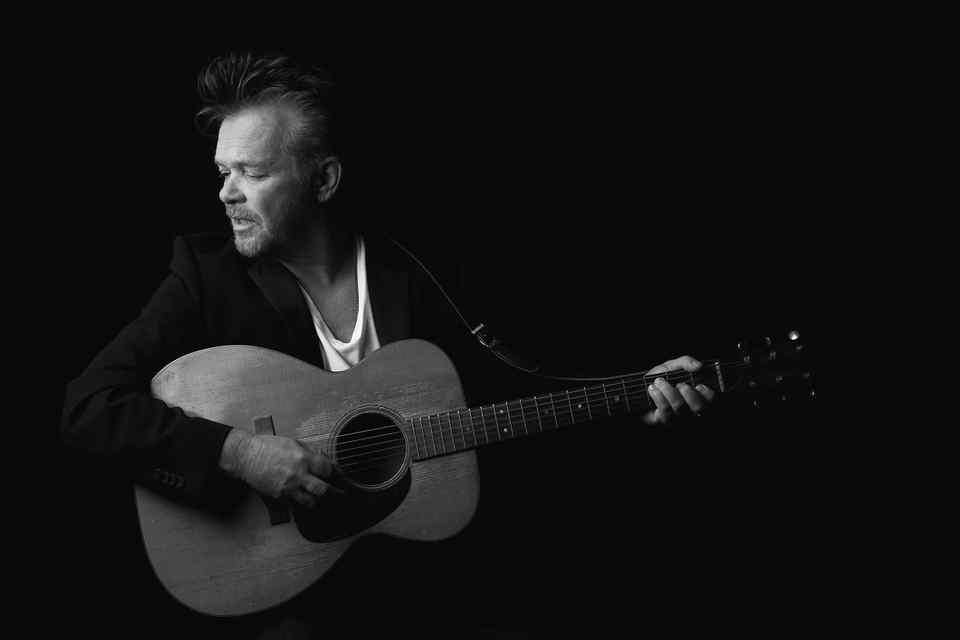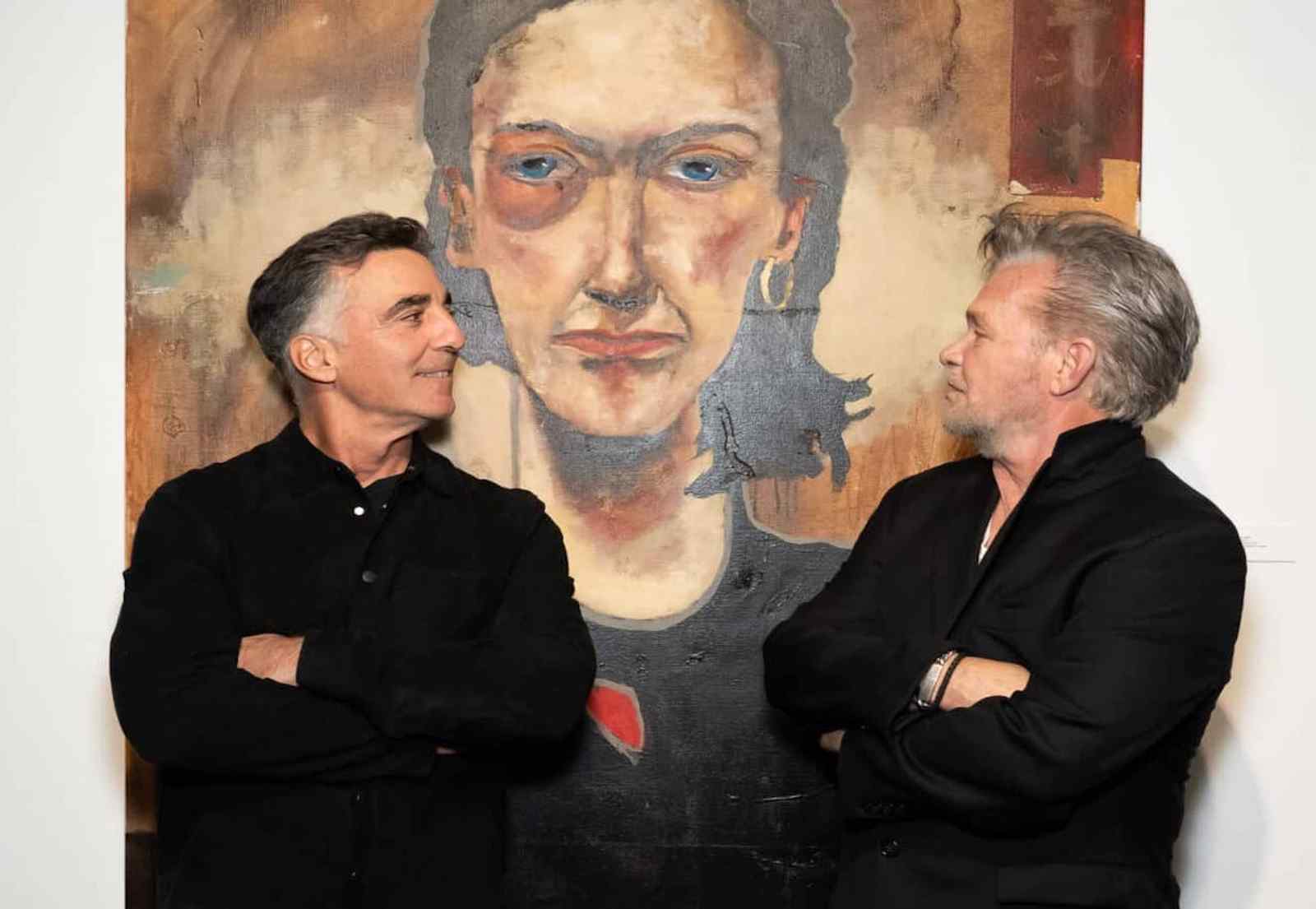Paint So Good: John Mellencamp Shows His Artful Side With New Portrait Exhibit At Soho Gallery
AMNY - By Gabriele Holtermann
The exhibit, which opened on Nov. 7 at the gallery located at 428 West Broadway, showcases a collection of 13 pieces by Mellencamp, who began painting portraits seriously in the 1980s. His work is influenced by German expressionist painters Otto Dix and Max Beckmann.
Avalon Ashley Bellos, gallery director at DTR Modern, said the gallery was excited and honored to host Mellencamp’s “artistic adventure.” Bellos shared that gallery owner Ted Vassilev was instrumental in bringing Mellencamp’s art to DTR Moderne, and the exhibit was highly anticipated.
“We’ve already sold one or two of the work prior to the show, just showing how beautiful his works are, and we’re excited to show that,” Bellos said. “Some of these works are archived from his early days of creating, and then some of them are quite recent.”
Vassilev said Mellencamp’s portraits were nothing short of “incredible.”
“When I first went to see him in his studio in Indiana, we started talking about how we can make things happen,” Vassilev said. “And it took us 12 years, but I’m very happy with the final outcome.”
Ted Vassilev and Jane Hanson attend the opening of the John Mellencamp exhibit at DTR Modern in New York, New York, on Nov. 7, 2023.
The selections of portraits on display are strongly influenced by German expressionism. Vassilev said he admires Mellencamp’s art because of the roughness one typically finds in street art.
“In a way, it’s very postmodern in the sense that you can read into the portrait, and you can see that this is almost like a novel,” Vassilev said. “You look in the portrait, and you can see who the person is, and you start reading into the person’s life. What happened before, where the person is right now, and where they’re going to. It’s almost like you are reading a novel. And that’s is a narrative.”
Art critic and curator Eleanor Heartney was impressed with Mellencamp’s portraits, describing his art as expressive and deeply felt.
“I tend to see these things through the lens of art history,” Heartney said. “I see sort of German expressionism. I see Max Beckmann, but also with all the text, I see Basquiat. I see a lot of interesting art historical connotations here. I also see a little bit of Alice Neil. [Mellencamp’s] work comes out of this very kind of emotional side of art history, I would say. It’s not conceptual. It’s deeply felt.”
Heartney said seeing a musician venture into a different art genre didn’t surprise her.
“Obviously, there was still something there from their childhood, from their early training, that they felt they needed to express in this other medium,” Heartney said. “And it’s very different, you know, visual and music are very, very different. But I think maybe the emotional core is the same.”

